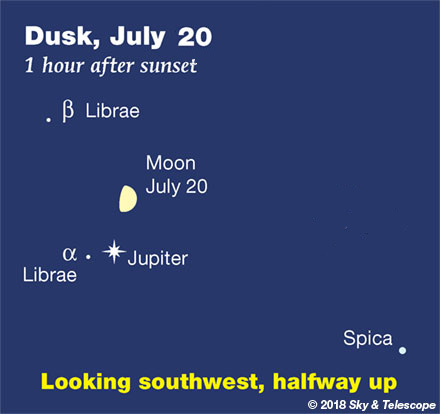
Friday, July 20
• The waxing gibbous Moon shines over Jupiter this evening, as shown here. Left of Jupiter by just 2° is the wide binocular double star Alpha Librae, magnitudes 2.8 and 5.1.
The Moon is 1.3 light-seconds distant from us, and Jupiter is 44 light-minutes in its background. The two stars of Alpha Librae are 77 light-years behind them.
Saturday, July 21
• Now Jupiter and Alpha Librae shine lower right of the Moon. To the Moon's lower left is Antares, with other stars of upper Scorpius scattered around.
Sunday, July 22
• The Moon shines over Antares and the Head of Scorpius this evening. Bright Vega is nearing the zenith from the east, and Arcturus is descending the western side of the sky.
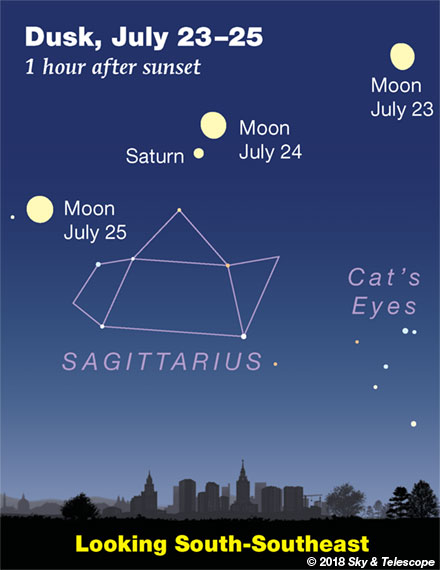
Monday, July 23
• Saturn shines lower left of the gibbous Moon this evening, as shown here. The Moon and Saturn form a not-quite-equilateral triangle with the Cat's Eyes, an unequal pair of stars in the tail of Scorpius far below. This triangle rises higher and rotates clockwise as night grows late.
The Cat's Eyes are canted at an angle; the cat is tilting his head and winking. A line through them points west (right) by nearly a fist-width toward Mu Scorpii — a much tighter pair known as the Little Cat's Eyes. Can you resolve Mu without using binoculars? It's hard!
Tuesday, July 24
• The Moon shines with Saturn tonight, as shown here. Saturn, the most distant bright planet, is 3,420 times farther away and 35 times as wide.
Wednesday, July 25
• The nearly full Moon shines between Saturn, about a fist at arm's length to its right after darkness is complete, and bright Mars about two fists to the Moon's lower left (for North America).
Thursday, July 26
• Mars is at opposition tonight, opposite the Sun as seen from Earth. It will actually be closest to Earth, and its absolute biggest and brightest, four days from now on the night of the 30th. But really, the difference between now and then is so tiny it'll be undetectable. Enjoy!
Friday, July 27
• Full Moon (exact at 4:20 p.m. EDT). Full Moon is opposition Moon, so it shines with brilliant Mars, which is just a day past its opposition.
Mars is 143 times farther from us than the Moon (and twice as large). It's covered with rusty dark brown dust compared to the Moon's dark gray dust. So why do they look orange and white in our night sky? That's because they're illuminated brilliantly by direct sunlight while the rest of the nighttime scenery around us, to which our eyes adapt, is much dimmer.
• Total eclipse of the Moon, but not for the Americas! (or Hawai`i). The best views will be from Europe, Africa, and much of Asia. This will be the longest total lunar eclipse of the 21st century, with totality lasting 1 hour 43 minutes. Next to reddish Mars, the Moon will turn from white to (presumably) much redder, then back to white.
The basic timetable: Partial eclipse begins at 18:24 UT, total eclipse begins 19:30 UT, total eclipse ends 21:13 UT, partial eclipse ends 22:19 UT July 27. Totality happens in twilight or evening for Europe, eastern Brazil, and West Africa; late at night from the Middle East through India; and around dawn for Southeast Asia and much of China, Indonesia, and Australia.
Article with more info and world map: Red Moon Meets Red Planet in Longest Total Lunar Eclipse of the Century.
A livestream of the lunar eclipse on Slooh begins at 1 p.m. EDT (17:00 UT).
Saturday, July 28
• This evening the Moon shines farther to the left of Mars after they rise.
________________________
Want to become a better astronomer? Learn your way around the constellations! They're the key to locating everything fainter and deeper to hunt with binoculars or a telescope.
This is an outdoor nature hobby. For an easy-to-use constellation guide covering the whole evening sky, use the big monthly map in the center of each issue of Sky & Telescope, the essential guide to astronomy.

Once you get a telescope, to put it to good use you'll need a detailed, large-scale sky atlas (set of charts). The basic standard is the Pocket Sky Atlas (in either the original or Jumbo Edition), which shows stars to magnitude 7.6.
Next up is the larger and deeper Sky Atlas 2000.0, plotting stars to magnitude 8.5; nearly three times as many. The next up, once you know your way around, are the even larger Interstellarum atlas (stars to magnitude 9.5) and Uranometria 2000.0 (stars to magnitude 9.75). And read how to use sky charts with a telescope.
You'll also want a good deep-sky guidebook, such as Sue French's Deep-Sky Wonders collection (which includes its own charts), Sky Atlas 2000.0 Companion by Strong and Sinnott, or the bigger Night Sky Observer's Guide by Kepple and Sanner.
Can a computerized telescope replace charts? Not for beginners, I don't think, and not on mounts and tripods that are less than top-quality mechanically (meaning heavy and expensive). And as Terence Dickinson and Alan Dyer say in their Backyard Astronomer's Guide, "A full appreciation of the universe cannot come without developing the skills to find things in the sky and understanding how the sky works. This knowledge comes only by spending time under the stars with star maps in hand."
This Week's Planet Roundup
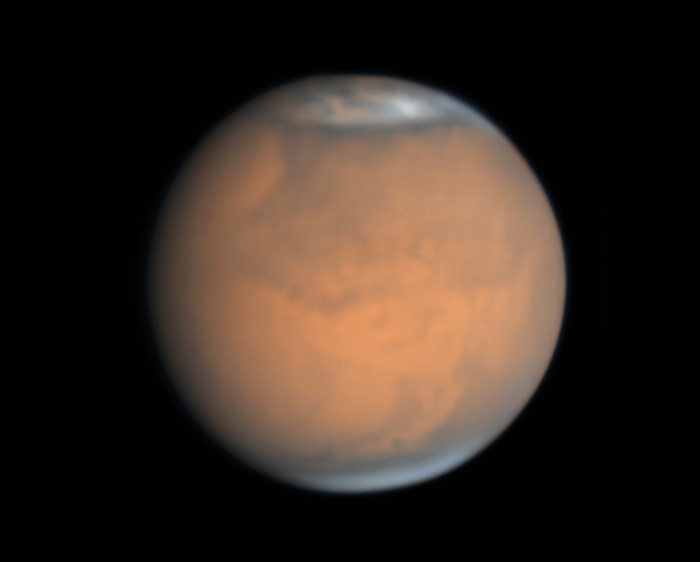
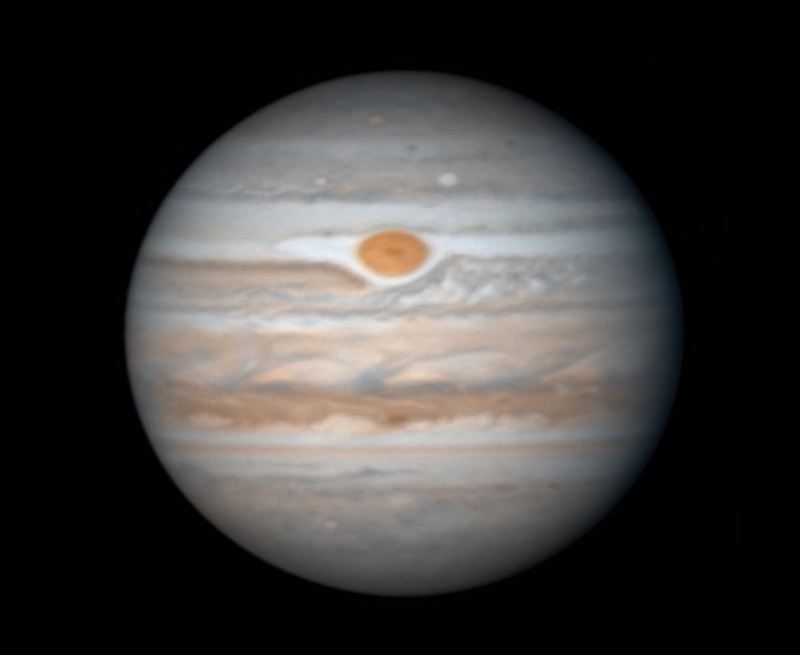
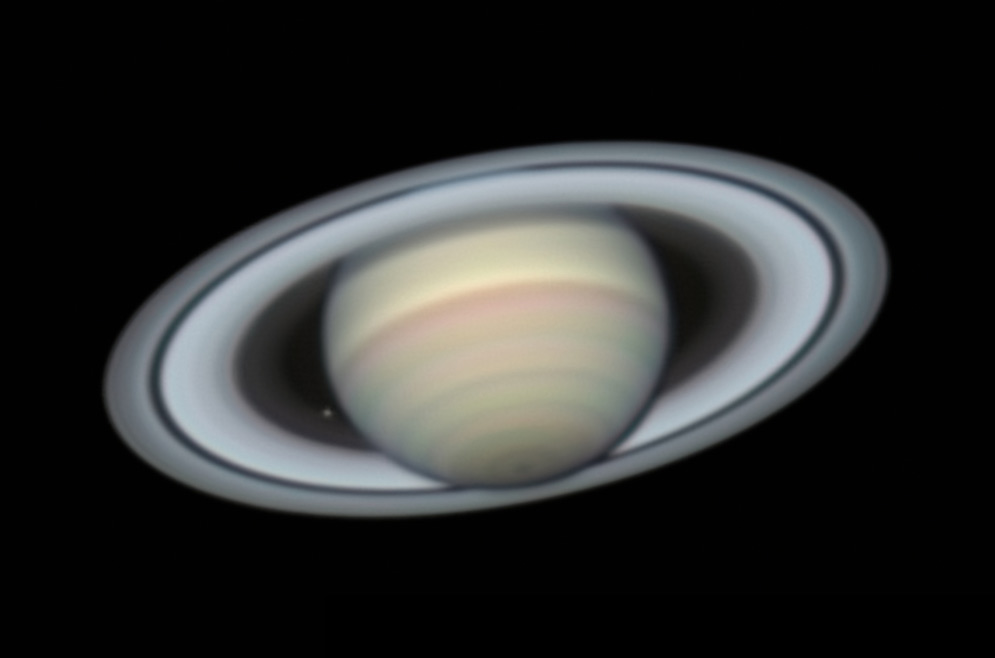
Mercury is lost in the afterglow of sunset.
Venus (magnitude –4.2, in eastern Leo) shines brightly in the west during twilight, a little lower every week. It now sets around the end of twilight. In a telescope Venus is a gibbous disk 19 arcseconds tall and 61% sunlit.
Mars is the "star" planet of the summer — and it comes to opposition at the end of this week! It's a firespot blazing like nothing else in the late-night sky. At magnitude –2.7 or –2.8, it's a half magnitude brighter than even Jupiter. And its color lends it extra drama.
Spot Mars appearing low in the southeast near the end of twilight. After dark it rises higher and shifts southward, a weird anomaly like no celestial object you normally see. Mars is highest in the south, in best telescopic view, around 1 a.m. daylight-saving time, though it's at a southerly declination (—26°) in southern Capricornus.
Mars is nearly at its closest, biggest and brightest. It will maintain its peak size of 24.3 arcseconds for about a week around its closest approach on the night of July 30-31.
And a bit of good news for telescopic observers: The dust that still blankets the Martian globe has started to thin a little, allowing faint, low-contrast views of some dark surface features. See Observers Anxious for Dust to Settle as Mars Opposition Approaches.
Can you identify any markings? For a Mars map that shows which features are facing Earth at your time and date, use our Mars Profiler.
Jupiter (magnitude –2.2, in Libra) shines in the south-southwest in twilight. It's between Spica about 20° to its right or lower right, and the head of Scorpius about 20° to its left. Catch Jupiter with your scope in late twilight before it gets low.
Saturn (magnitude +0.1, above the Sagittarius Teapot) glows yellow in the south after dark. It's about 30° upper right of much brighter Mars.
Uranus (magnitude 5.8, at the Aries-Pisces border) and Neptune (magnitude 7.8, in Aquarius) are well placed high in the southeast and south, respectively, in the hour before the first light of dawn. Finder charts for Uranus and Neptune.
______________________
All descriptions that relate to your horizon — including the words up, down, right, and left — are written for the world's mid-northern latitudes. Descriptions that also depend on longitude (mainly Moon positions) are for North America.
Eastern Daylight Time (EDT) is Universal Time (also called UT, UTC, GMT, or Z time) minus 4 hours.
______________________
"Remember to look up at the stars and not down at your feet. Try to make sense of what you see and wonder about what makes the universe exist. Be curious."
— Stephen Hawking, 1942–2018
______________________
"The dangers of not thinking clearly are much greater now than ever before. It's not that there's something new in our way of thinking, it's that credulous and confused thinking can be much more lethal in ways it was never before."
— Carl Sagan, 1996
______________________
"Objective reality exists. Facts are often determinable. Vaccines save lives. Carbon dioxide warms the globe. Bacteria evolve to thwart antibiotics, because evolution. Science and reason are not a political conspiracy. They are how we determine facts. Civilization's survival depends on our ability, and willingness, to do this."
— Alan MacRobert, your Sky at a Glance editor
______________________
"Facts are stubborn things."
— John Adams, 1770
 3
3








Comments
Alexander Vasenin
July 20, 2018 at 8:49 pm
Hey, what about full Moon eclipse on 27th? 😉
You must be logged in to post a comment.
Rod
July 21, 2018 at 11:36 am
I did some Mars viewing last night and also observed the waxing gibbous Moon and Jupiter in Libra. Cool views. Where I was located (Patuxent River valley farms in MD), there were altocumulus clouds moving up from the south passing by the Moon - ethereal views at 31x and 1.6 degree true field, very lovey sight. Mars was still mostly bland at 180x, somewhat yellowish or pumpkin color with little surface detail visible because of the dust storm. On 18-July, Mars was closer to the star Psi Capricorni and visible in the 31x, 1.6 degree true field of view but last night, retrograde motion moved it closer to HIP101808 or HR7877, mv +6.37 star, visible in the lower power view. Psi Capricorni no longer in the lower power view. Both stars have good stellar parallaxes too (about 48 and 164 LY distance). The heliocentric model rocks!
You must be logged in to post a comment.
Bob-Berman
July 21, 2018 at 4:13 pm
Alan, Just to say I've thoroughly enjoyed your work for many years -- and I say this even though I write for a competing magazine. Also, just for the record, re the ridiculous recurring "Mars looks bigger than the Moon" hoax, which you wrote about a few years ago, saying "someone somewhere wrote that through a telescope at 75X, Mars would look as big as the Moon."
Well, you're right, that was the source of the hoax. But so you don't have to keep saying "someone, somewhere..." that was me. As longtime astronomy editor of the Old Farmers Almanac. I'd written in the 2003 issue that "This month, using a telescope at just 100x, Mars will appear bigger than the Moon."
You must be logged in to post a comment.
You must be logged in to post a comment.